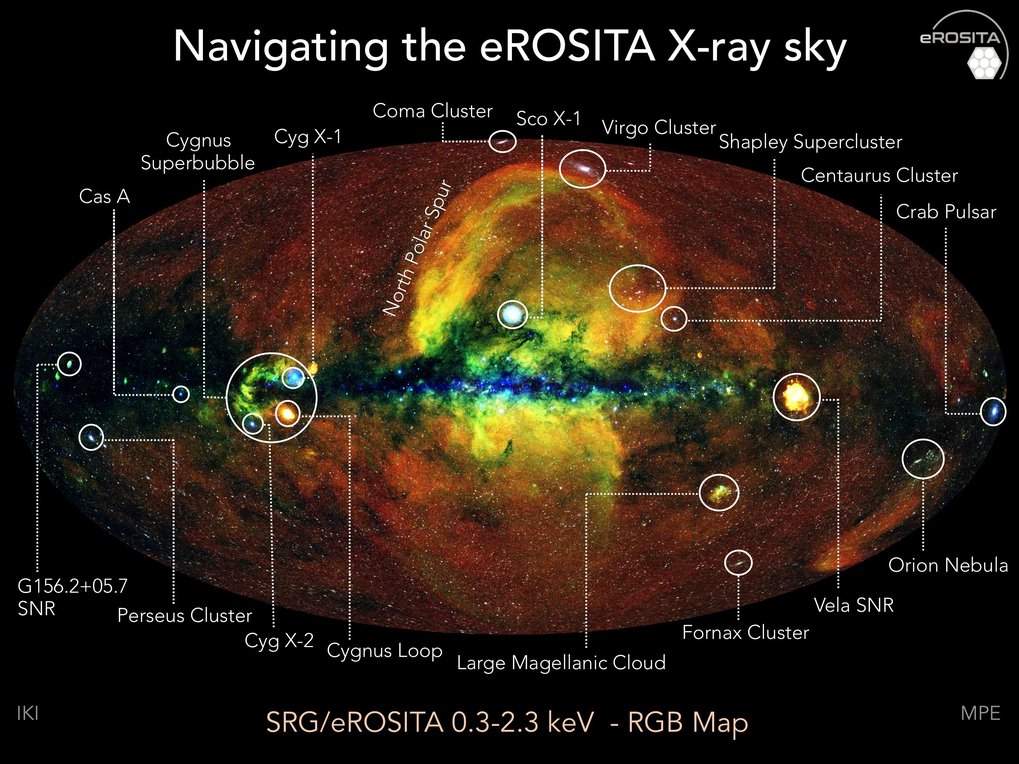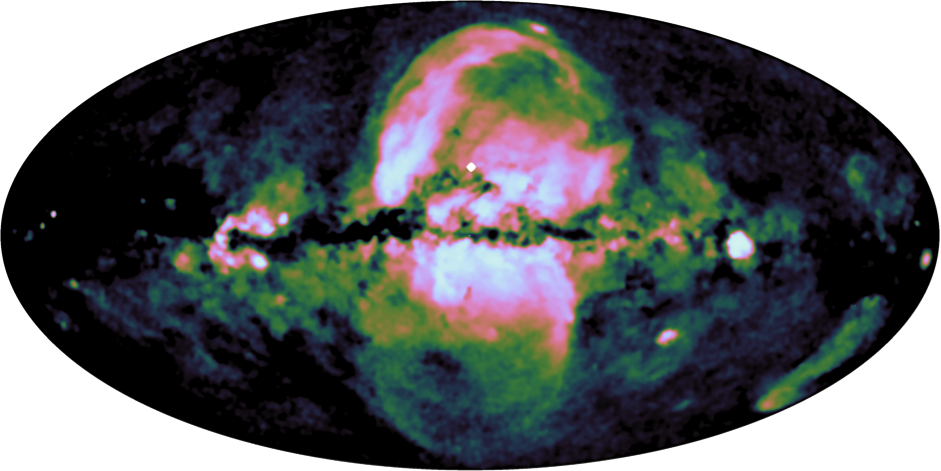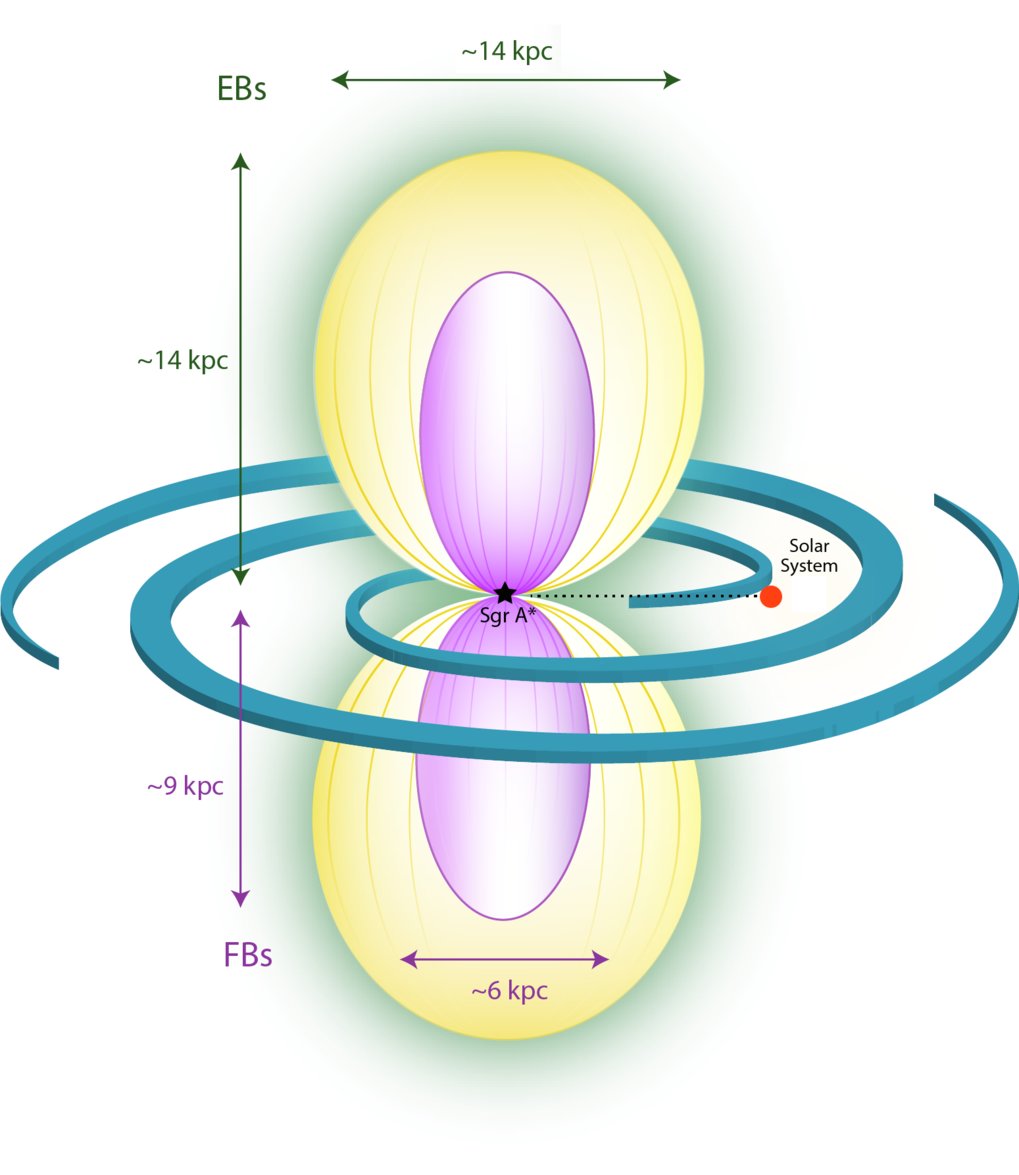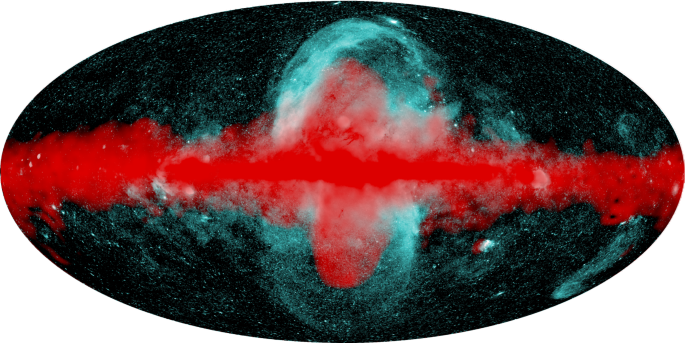The Spectr-RG spacecraft carrying the eROSITA (a Max Planck Institute instrument) telescope was launched by the Russian Roscosmos in 2019, focusing observations on the X-ray part of the electromagnetic spectrum. The mission’s objectives are to observe galaxy clusters and study the growth of large scale structure, to detect supermassive black holes, observe supernova remnants and X-ray binaries.
It’s now starting to deliver results.

eROSITA’s observations of prominent X-ray sources. Credits: eROSITA Collaboration.
We’re made of starstuff
In the last six months, the mission collected data of the whole sky within energies from 0.2 to 8 KeV (200-8000 eV). An electron-volt(eV) is an energy unit equivalent to the amount of kinetic energy gained by a single electron accelerating through an electric potential difference of one volt in vacuum. It’s not a lot: if you go to the hospital and get your arm X-rayed, the energy of the medical X-ray photons is around 200,000 eV (0.2 MeV), any lower and you wouldn’t see your bones on the X-ray. This is because the calcium in our bones absorb those photons with this amount of energy and become visible for the doctor.
Using a somewhat similar approach, eROSITA’s all-sky sky map images a variety of objects, in different energy ranges. In the 0.3 to 2.3 KeV map is possible to see prominent X-ray sources in the sky, like Large Magellanic Cloud in the southern part of the galactic map. Towards the center, one can see the Vela Supernova Remnant, the result of a supernova explosion that occurred approximately 11,000 years ago. Maybe the brightest source in the map is the Scorpius X-1(Sco X-1), which is a X-ray binary.
But perhaps most intriguingly, the map also shows a huge bubble, present both in the southern and northern part of the galaxy. It’s a huge bubble, which seems to be a result of an event emerging from the galactic center — something that happened 20 million years ago. The structure is so extensive it has comparable size to the galaxy. Its boundary is hotter than the outside due the great energy release from the galactic center.

eROSITA latest discovery, the eROSITA bubbles(pink). Credits: eROSITA Collaboration.
Previous observations from the Fermi telescope have shown a similar structure but in the gamma-ray band. The Fermi bubbles are smaller but with same structure of the newest discovery. The comparison between the bubbles is in the image bellow.

eROSITA bubbles(yellow), Fermi bubbles(purple) and the Milky Way’s disk(blue) size comparison. Credits: eROSITA Collaboration.
The discovery suggests that they are a result of the same event, but the cause of the connection is still unknown. They appear to be structures left by accreting supermassive black holes, like seen in the Centaurus A galaxy or supernovae remnants, though nothing is conclusive yet.

eROSITA(blue), Fermi(red) bubbles. Credits: eROSITA Collaboration.
The bubble’s discovery provides more insight about galaxy formation and its structure, this means more knowledge about the past of our galaxy. The second complete scan made by eROSITA is close to an end, now with twice the number of photons from the first scan.
The study was published in the journal Nature.
Was this helpful?



